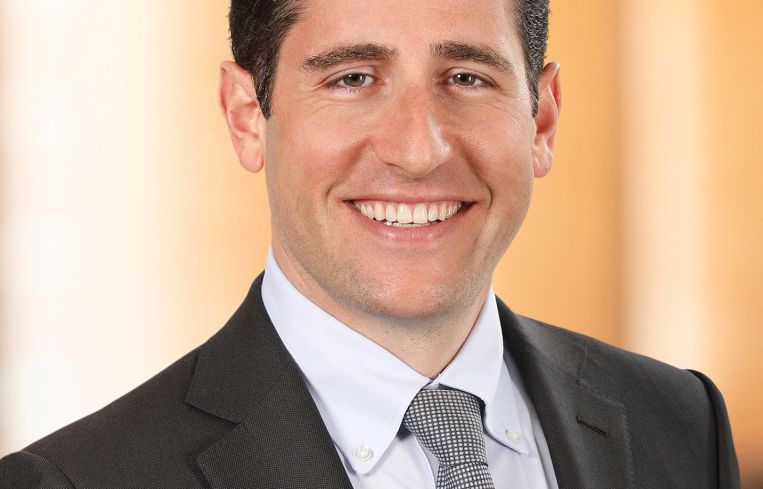Goldman Sachs Branches Out to Australia as Part of New CRE Credit Fund
By Andrew Coen May 15, 2024 1:19 pm
reprints
Goldman Sachs is saying G’day to new commercial real estate lending opportunities a world (and several time zones) away.
The investment banking giant recently raised $3.6 billion for its fourth real estate credit fund, which will focus for the first time on CRE residential assets in Australia. The strategy for the fund called West Street Real Estate Credit Partners IV differs from previous Goldman Sachs CRE debt funds launched since 2008 that were confined to North America and Europe opportunities.
“There is a bank market in Australia that eases and tightens the way that the banking markets do globally, and when that market is constrained we think there is an opportunity for private creditors to come in and fill the gap,” Jeff Fine, global co-head of alternatives capital formation at Goldman Sachs Alternatives, told Commercial Observer. “We think the fundamentals right now in terms of tight lending markets providing an opportunity for private credit lenders and investors to invest at a really attractive risk return is a unique opportunity.”
Bloomberg first reported news of the new Goldman Sachs CRE credit fund.
Fine said the fund will have a total lending capacity in excess of $7 billion, and will target multifamily and single-family rental lending opportunities across Australia. Goldman Sachs raised $3.6 billion from outside investors and is also investing $1.4 billion from its own balance sheet to go along with $2 billion in leverage the fund has at its disposal, according to Bloomberg.
The U.S. and European portions of the fund’ deployment will be “opportunistic”, but focus heavily on sectors like housing, logistics and life sciences, according to Fine. He said the fund’s strategy tends to stick to properties with strong tailwinds that are confronting challenges due to capital market conditions rather than struggling sectors like office.
While investing in Australia marks a big change in Goldman Sachs’ lending strategy, Fine stressed that the spark for the fund is mainly derived from general private credit opportunities in a dislocated CRE market globally.
“The Australia piece of it was an important but small component of the overall opportunity set that really resonated with our investors, and what we saw from limited partners was an expansion in capital deployment by groups who are already allocating to the space and a lot of new entrants into the space on the LP side,” Fine said. “For the first time they saw this huge supply/demand gap with debt coming due globally and insufficient capital from the banking sector to replace that debt, which leads to a very favorable lender position in order to command premium pricing for providing liquidity.”
Goldman Sachs’ $1.4 billion committed to the fund is largely undeployed, but should start to be active later this year, according to Fine, as transaction volume begins to pick up with a number of loans coming due and as property owners seek to recapitalize assets.
Fine said there are strong lending opportunities on the horizon for the fund vehicle due to its high base rates as a floating-rate lender, as well as opportunities to earn a spread premium due to a number of banks now out of the debt markets because of higher interest rates. He noted that Goldman Sachs was ahead of the curve a bit when it launched the first CRE debt fund in 2008 amid the Global Financial Crisis and has been on the forefront of origination opportunities over the past 16 years.
“It became very opportune at the time because what it did for us was it allowed us to not only control pricing, which in that environment was super attractive coming out of the downturn, but it also allowed us to control structure,” Fine said. “We were really early in being a real estate fund credit originator, and that fund series became a series because people really liked what we were doing and the fact that we had control not only of pricing, but also structure in our negotiation with borrowers.”
Andrew Coen can be reached at acoen@commercialobserver.com


